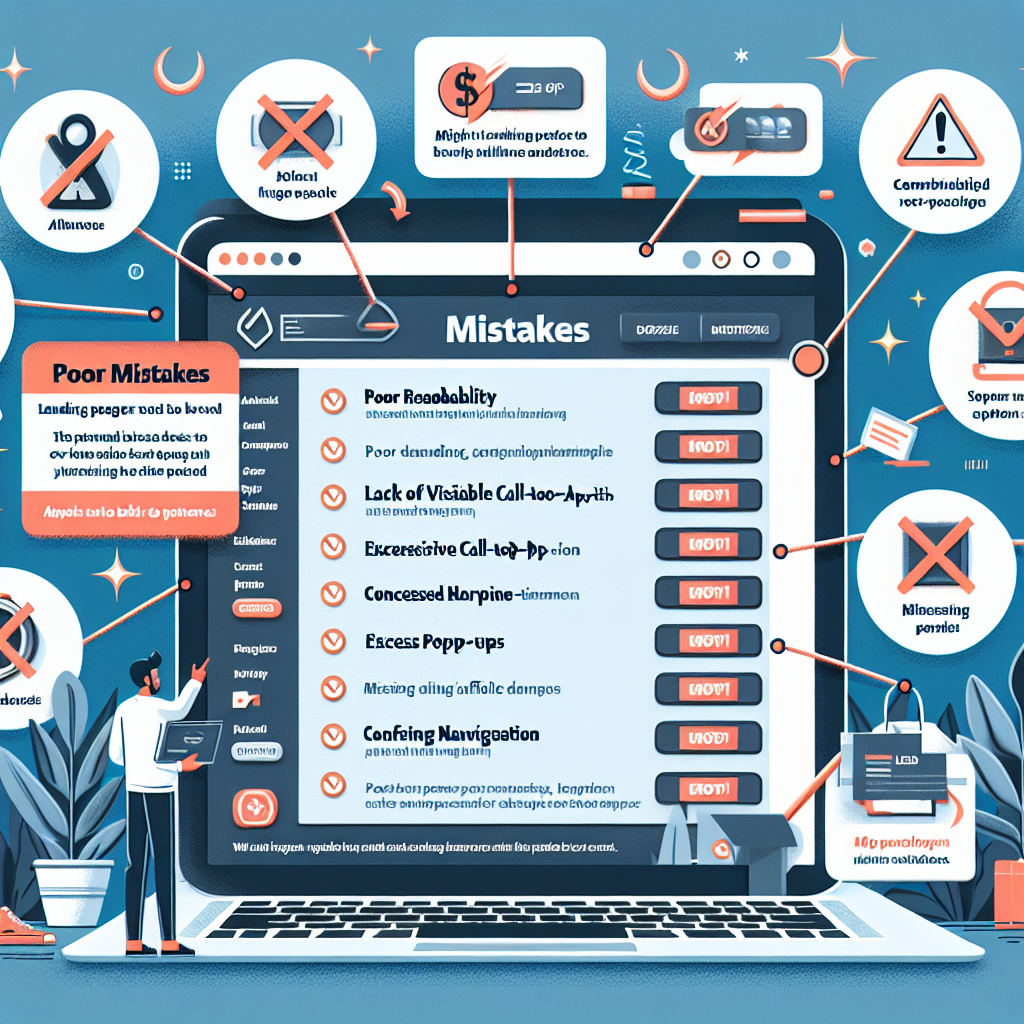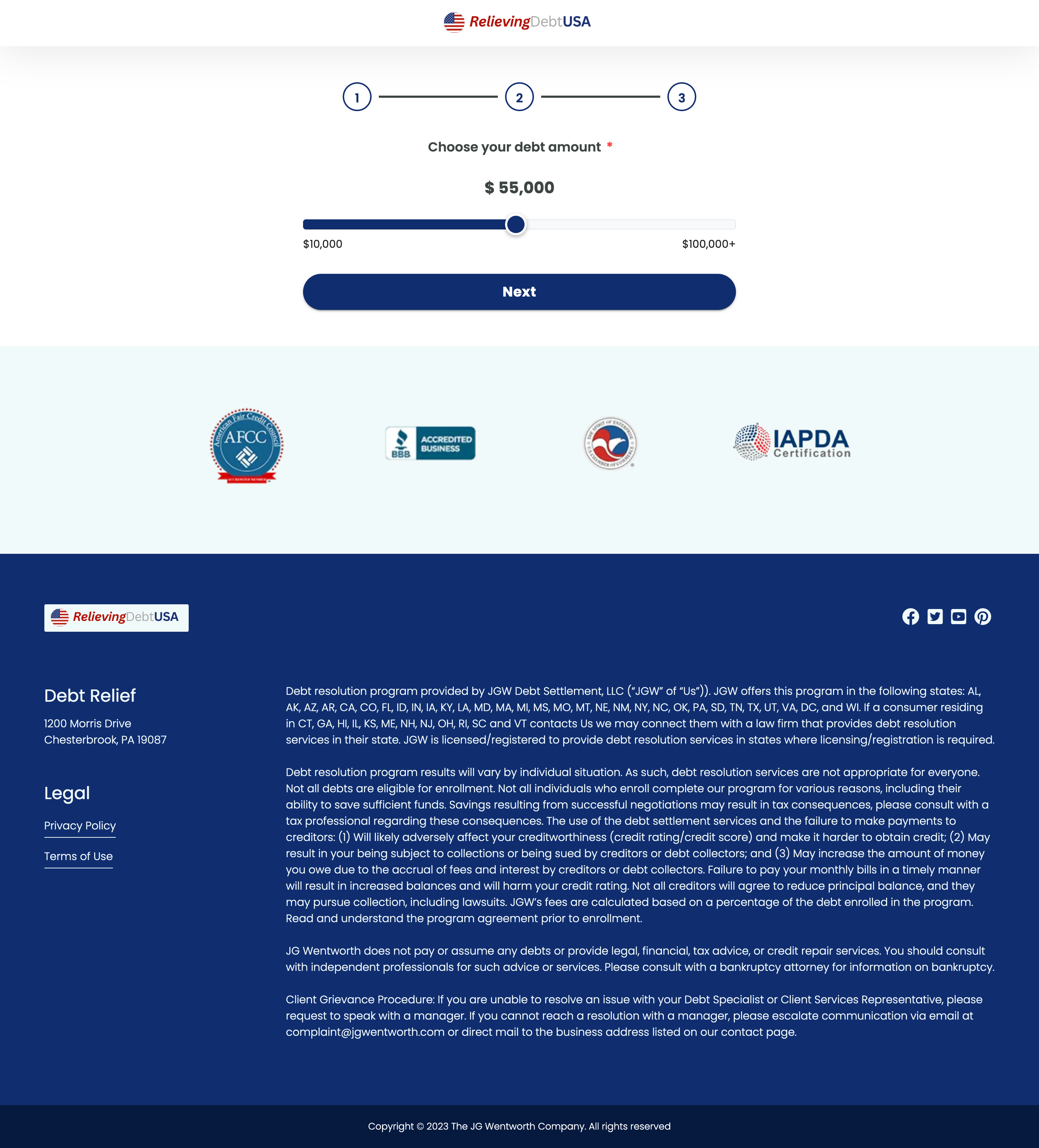The Top Landing Page Mistakes Affiliates Should Avoid
Table of Contents
- Introduction
- Mistake 1: Poor Design and User Experience
- Mistake 2: Lack of Mobile Optimization
- Mistake 3: Overloading with Text
- Mistake 4: Misaligned Call to Action
- Mistake 5: Slow Page Load Times
- Mistake 6: Failing to Test and Optimize
- Mistake 7: Ignoring SEO Basics
- Conclusion
Introduction
As an affiliate marketer, your landing page is the gateway to conversions. It serves as the primary interface between you and your potential customers. Unfortunately, many affiliates make critical mistakes on their landing pages that lead to high bounce rates and low conversion rates. In this article, we delve into the top landing page mistakes affiliates should avoid in order to optimize their page for better performance and profitability.
Mistake 1: Poor Design and User Experience
First impressions matter, especially when it comes to websites. A landing page with an unattractive or cluttered design can deter visitors almost instantly. Ensure your page is visually appealing and easy to navigate. Avoid using conflicting colors, hard-to-read fonts, and chaotic layouts. A well-structured landing page, with a clear hierarchy and intuitive navigation, helps keep visitors engaged.
Mistake 2: Lack of Mobile Optimization
With more users accessing the internet via their mobile devices, having a mobile-responsive landing page is non-negotiable. If your landing page does not adapt to different screen sizes, you risk losing a significant portion of potential leads. Use responsive design techniques to ensure all visitors have a seamless experience, regardless of the device they are using.
Mistake 3: Overloading with Text
While it might be tempting to include as much information as possible on your landing page, doing so can overwhelm the visitor and detract from the key message. Be concise and to the point. Use bullet points and short paragraphs for clarity. The goal is to provide enough information to entice visitors to take the next step without bombarding them with unnecessary details.
Mistake 4: Misaligned Call to Action
Your call-to-action (CTA) is one of the most critical components of your landing page. If your CTA is not prominent, persuasive, or strategically placed, you can lose potential conversions. Make sure your CTA aligns with the landing page’s content and messaging. Use contrasting colors to make it stand out, and consider using action-oriented language that encourages visitors to click.
Mistake 5: Slow Page Load Times
Page loading speed is critical for user satisfaction and SEO. If your landing page takes too long to load, impatient visitors will likely leave before even seeing your content. Use tools like Google PageSpeed Insights to analyze your page’s performance and identify factors that contribute to slow loading times. Optimize images, enable compression, and utilize browser caching to speed up your site.
Mistake 6: Failing to Test and Optimize
A successful landing page is often the result of ongoing testing and optimization. Many affiliates make the mistake of setting up a landing page and leaving it as is. Regularly perform A/B testing on elements such as headlines, images, and CTAs to determine what resonates best with your audience. Analyzing user behavior and conversion data will provide insights on how to improve your page’s performance continuously.
Mistake 7: Ignoring SEO Basics
Overlooking basic SEO practices can limit your landing page’s visibility. Ensure you are using relevant keywords throughout your content, meta descriptions, and URLs. Optimize images with alt text and keep your site’s architecture clean for better indexing. While your primary focus should be on conversions, maintaining good SEO ensures your page attracts organic traffic.
Conclusion
Avoiding these common landing page mistakes can significantly improve your conversion rates and, ultimately, your success as an affiliate marketer. By focusing on design, mobile responsiveness, concise content, effective CTAs, loading speed, continuous testing, and SEO, you create an optimized landing page that serves as a powerful tool in your marketing arsenal.
If you’re looking to analyze your competitor’s landing pages or need to store a copy of your landing pages, consider using a Landing page ripper tool to facilitate your efforts. This tool can help you download marketing landing page, save landing page offline, and even extract landing page code efficiently.









